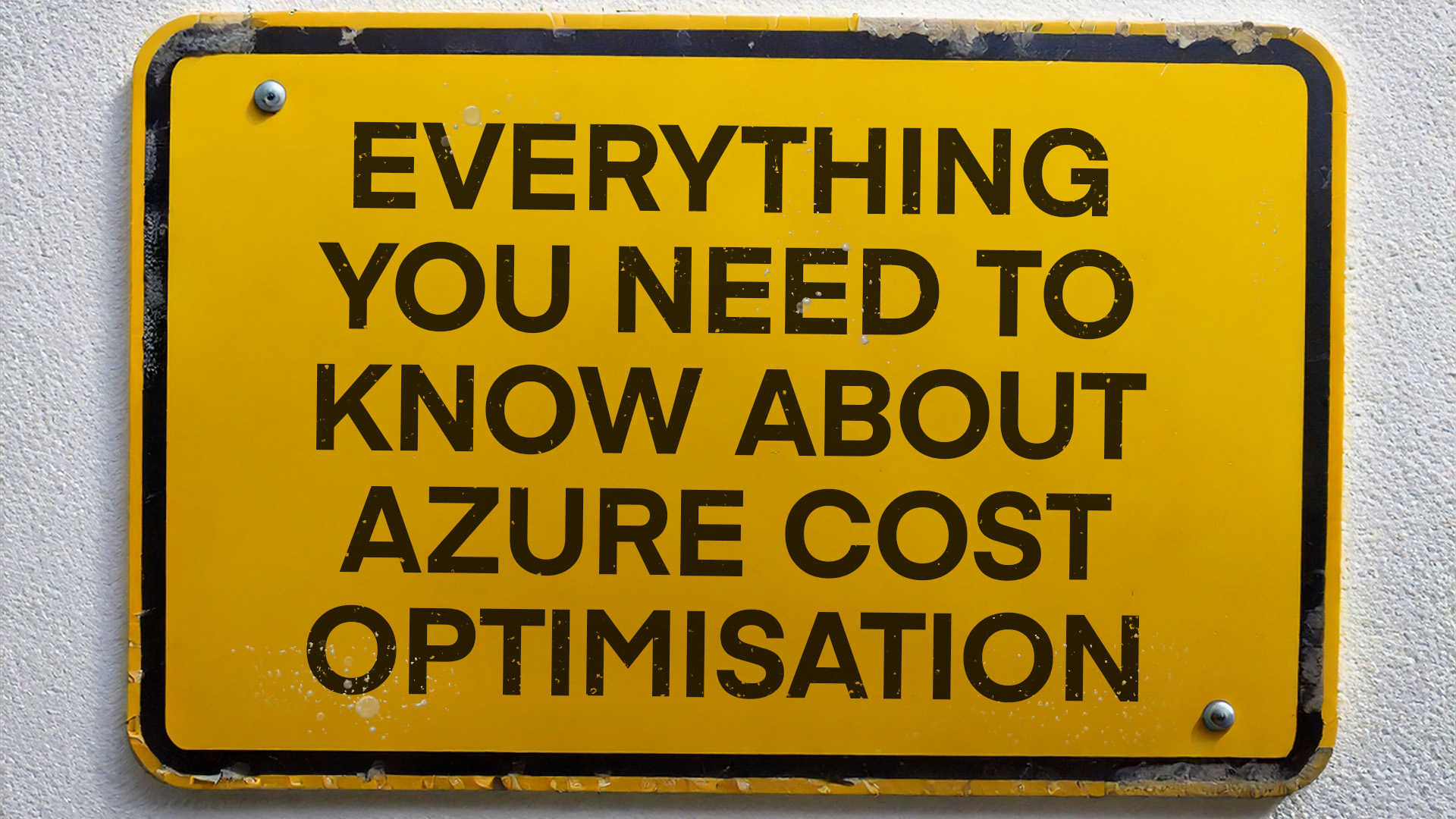Whether you’re on the brink of signing up with a Virtual Desktop provider, or you’re looking for more information about virtual desktops, we’ve put together 5 things you need to know about switching to a Virtual Desktop Infrastructure (or VDI for short).
1. You DO need to plan ahead
A Virtual Desktop solution shouldn’t be a ‘one-size-fits-all’ solution. Every business is different and has unique, individual needs, so you’ll need a VDI provider who will create a bespoke virtual desktop solution, tailored to your company’s needs and growth aspirations. Planning ahead will allow you to arrange for your chosen provider to talk to your staff in all departments and find out what they really need before tailoring your infrastructure.
You’ll also need to make sure that all of the software you require will be compatible with your solution. A Virtual Desktop provider worth their salt will run a free and thorough audit to find out what apps you’ll be using now, what you might be using in future and how your company can get the best out of your tailored, bespoke VDI.
2. You DON’T need to water anything down
Speaking of apps, the old mantra of “keep it simple” is long gone. Thanks to the advancements in networks and the sophistication of the virtual desktop infrastructure itself, you can now run anything from accountancy software and Microsoft Office, all the way to Adobe’s Creative Cloud and even auto-CAD software. You can now run the most graphically intensive apps the modern business needs to get work done from your virtual solution, so there’s no need to strip out anything you need on it in order to run your business effectively. In fact, you may find that you can get more from a cloud solution because of increased storage capabilities.
3. You WON’T get a ‘one size fits all’ virtual desktop infrastructure solution
Virtual Desktops are no longer a one-for-all affair. You’re nothing like Amy from Legal or Tom in HR, so why should you have the same workspace? From the small things such as personal wallpapers and shortcuts to the big stuff, like only granting specific users access to certain apps, you can personalise individual user profiles to suit their individual or departmental working needs. Better yet, you can manage them all easily from one central control point.
4. You WILL be able to access your desktop anywhere, from any device
There’s nothing more personal or portable than your smartphone or tablet. With a virtual desktop, you can access your office desktop from any device with an internet connection, anywhere in the world. With the only necessity being internet access, there’s no need to lug around your clunky old laptop on business trips or holidays.

5. You CAN pay for what you get
A virtual desktop changes a business’ IT cost structure. Instead of paying for individual devices that hold all of the computing power and software (with all of the associated hardware and licensing costs), you can offload all of that into a state-of-the-art datacenter. Then, you only have to pay for what you need, when you need it.
This way, desktops can be managed and supported centrally – significantly reducing costs related to maintaining individual machines. And, because the devices themselves don’t do any processing, they can be replaced with low-cost, low-energy, thin clients. So, they can be energy efficient, even whilst providing access to the most compute-intensive tasks.
Synextra are VDI specialists. If you want to find out more about the benefits of switching to a Virtual Desktop Infrastructure in your business, get in touch with the team today.




